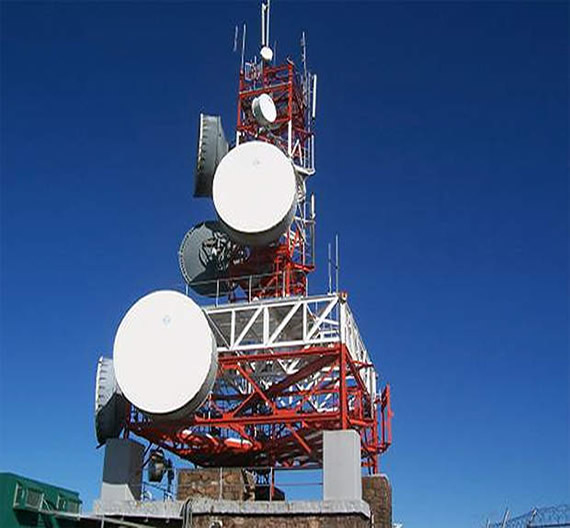The high infrastructure content of mobile communications technology has a direct and indirect impact on both the quality of service
and tariffs charged by the operators. The capital expenses in mobile communications is classified to include cost of hardware, which
comprises of the radio equipment, site acquisition and tower installation, generator acquisition and the cost of the license. The capital
expenses (CAPEX) comprises of all the cost incurred from the bidding process up to the commissioning of the site. The operational
expenses (OPEX) on the other hand, involve costs incurred in keeping the site up, running and profitable.
This cost includes customer acquisition and retention cost (advertisements), cost of system upgrades, and staff training with a critical
component being amount spent on fuel acquisition for the generators. This is because every cell site is powered by at least two 20KVA
generator sets running alternately all year round.
Slycom The process of setting up a BTS could be time consuming as such resulting in a later time to market for operators. Infrastructure sharing
or co-location is a process where two or more operators share different infrastructure in a particular site. The infrastructure shared
could range from the site, to towers, shelter, generators, and even the air conditioning. New operators can lease antenna space on the
tower, install their own shelters within the site of an existing operator, and share the cost of running and securing the site, thus
reducing OPEX and CAPEX for both operators.
Tower Co-location

